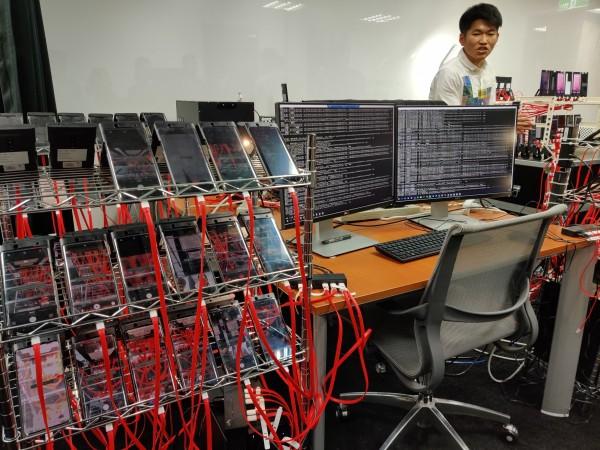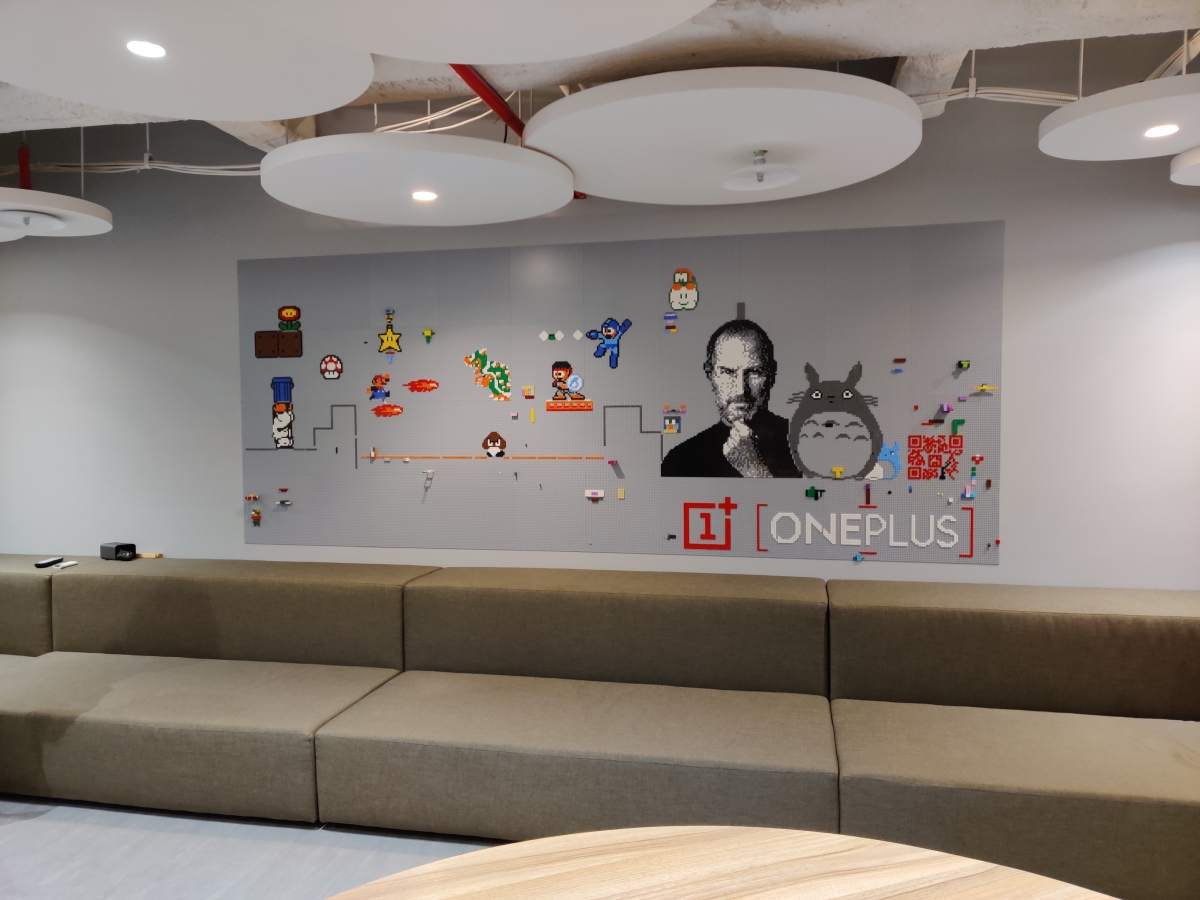OnePlus has become a household name in India and many major markets in the world. The brand itself has grown to become one of the most reliable and trusted names in the industry, which is why the expectations from end users grow and they tend to demand better things in every aspect. For most people out there, the camera plays a major role in a smartphone buying decision, and OnePlus phones have been at par with some of the best phones but not all of them.
IBTimes India was a part of OnePlus Camera Lab tour in Taipei, which allowed us to look at everything happening behind closed doors. From robust subjective and objective tests to endurance tests and beyond, OnePlus engineers are thriving to make the phone cameras in OnePlus phones to be the best. This is a crucial area to work on for the company in order to gain more customers.
OnePlus 7 Pro was recently launched to much fanfare. Despite being the best Android flagship in various aspects, camera is where the phone struggled. Over the weeks, OnePlus rolled out several software updates and made the OnePlus 7 Pro's camera a lot (a lot) better. But it still doesn't surpass the likes of Google Pixel 3 and Huawei P30 Pro - the industry-leading camera phones so far, like it does in other aspects of the performance and battery.
OnePlus 7 Pro's camera isn't bad, it's just not up to the competition thrown by the best phones out there. Since OnePlus has grown to become a sensational brand name, expectations are risen high. From our tour, we have learned that a lot of OnePlus fans and camera enthusiasts will be excited in the near future, especially next year.
OnePlus 7 Pro's OxygenOS 9.5.9 isn't the last update to improve the overall performance and camera of the phone as the engineers are hard at work to bring more optimisations to the camera.
Before we get to the roadmap, here's what we learnt from our lab visit to OnePlus' camera R&D. Located in the heart of Taiwan, the OnePlus camera lab is a massive open-space office with interesting architecture. A few shots from the office tour are below:
Then, there's the lab with a series of smaller rooms, where all the magic happens. All that feedback from community members, beta testers, field engineers and even Pete Lau's timely suggestions are taken into account and the software testing is pushed inside the lab. The camera test lab covers testing phone camera in different artificially-set scenes and analysing data produced from those samples.
The testing lab is divided into five main areas, objective tests, camera functional verification, HDR development, 3A development and reflective target development, where the machines test camera's capabilities in various parameters such as white balance, brightness, speed of autofocus and saturation. The purpose of these various labs is to ensure balanced results in any scenario - be it a sunny day or a candle-lit dinner or a backlit scene. Finding a balance between subjective and objective needs is a tedious task and these tests done by OnePlus aim to achieve the best results - both in DxO scores and what people need.
OnePlus uses prototype hardware to shoot images and then analyse the data to find errors and correct them. It was evident that software does play a huge role, more so in future, and we're hoping to see more of that smart optimisation on cameras of existing OnePlus phones.
Speaking of smart optimisations on images, OnePlus product manager for OnePlus' imaging team, Zake Zhang, said: "AI is definitely a direction everybody is looking to. In the near future, when you point out at a scene, the camera recognises a scene and know exactly how you want the photo to be. That's true AI. We are not there yet, but it is the direction we are heading. So we don't use the term AI, instead, we call it smart scene detection or smart-anything or computational algorithms. We don't recognise mere edge detection as AI."
Speaking of current trends, Zhang noted, "For now, the most important thing is the software - the computational power of the mobile platform."
Going back to the various test labs conducted at the OnePlus camera lab, the main highlight for us was the automotive objective test lab complete with a huge robotic arm controlled by a programmatic test software. The smartphone affixed to the robotic arm takes photos of the charts on the big screen and displays instant results - all without any human intervention.
In the same room were three mannequin heads, which at first looked creepy for their sheer realness. It was as if looking at a scene from Game of Thrones. The purpose of the mannequin heads was to pose for a natural portrait shot where the engineers could test and perfect the bokeh effect that users love so much. One of the engineers said that they were planning to add a fourth mannequin head - of a man with a fully grown beard.

OnePlus also had a dedicated station with several OnePlus phones plugged in and they were all testing the performance of the camera app on a loop. Each phone would launch the camera app, snap a photo in normal mode and then switch to different modes and take a sample before closing the app and going through this process over and over again. All the results of the camera app performance were shown in real-time on a monitor nearby.

There were other labs, like the one with a rotating joyride with LED lights on it in order to test the autofocus speed, and another one with charts and objects under SpectraLight QC light booth to measure ISO, colour accuracy, exposure and other parameters in different lighting situations.
With all this, OnePlus has a clear vision in mind - deliver pleasing results to end-users, be it through computational algorithms or capable hardware setup. The company's direction towards software optimisations looks promising and it is bound to add value to the camera in future updates. If nothing, Zhang seemed pretty confident that next year's OnePlus flagship - which we believe will be called OnePlus 8 - will be able to surpass other camera smartphones.
OnePlus is also working with the challenge of having a small camera team as compared to giants like Google. It heavily relies on its community for feedback, which according to Zhang is extremely helpful. But the team is expanding and with it let's hope we get to see some Pixel-grade camera performance from future OnePlus devices.
To give you an idea about how far OnePlus has come with its cameras, take a look at some shots taken from OnePlus 7 Pro in Taipei below. But the idea to be better than this.































